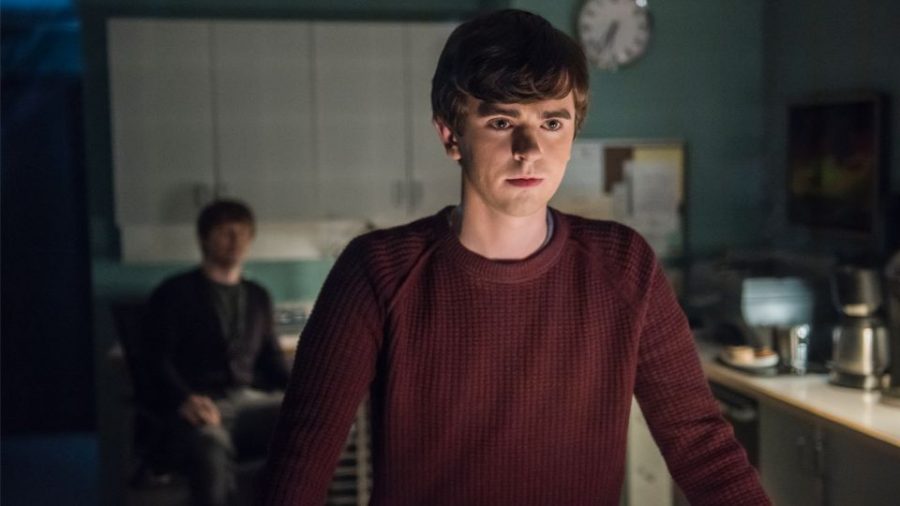“The Good Doctor” – Re-writing the options for people with autism
October 20, 2017
When people think about surgeons, they envision the embodiment of trust and communication. They think of someone who can relate and communicate both sympathy and empathy through verbal and nonverbal communication. But what would happen if that surgeon happened to be autistic?
In the general public, we would run away from that diagnosis. We would say an autistic surgeon is impossible. How would they be able to communicate, to relate and relay sympathy? ABC’s “The Good Doctor” breaks through the stereotypes of disabilities to give viewers a young, autistic doctor who is one of the most brilliant medical minds in the hospital. In doing so, “The Good Doctor” attempts to rewrite the public’s viewpoint of autism, a view that too often leaves human beings unable to meet society’s norms cast out. The show revolves around the true traits of humanity and what it really means to be a part of society.
People with autism have a varying range of social, behavioral and cognitive disabilities. Many are seen as lesser in society because of their often erratic or sometimes repetitive verbal or nonverbal behavior. Many children growing up with intellectual disabilities are often bullied and beaten, not only by their peers but by their parents as well. This aspect of autism is shown very well in “The Good Doctor” as you learn more about Dr. Shaun Murphy’s childhood throughout the show. Unlike many, Murphy is fortunate to find help from an outside source, a man who provides a true father role in the president of the hospital.
Murphy also has something known as savant syndrome. It is a rare condition that occurs in the intellectually disabled or those with central nervous system malfunction. For Murphy, it manifests itself in genius-level thinking. Savants may excel in music, arithmetics, and time calibration. Many also possess a photographic-like memory. According to the National Library of Medicine, only about one in 10 autistic people manifest symptoms of savant syndrome. What people with intellectual disabilities lack in social settings they make up for through their vast array of skills. In Murphy’s case, he has a brilliant medical mind.
Freddie Highmore, who plays Dr. Shaun Murphy, represents autism very well. But it is important to realize he does not represent all autistic beings. Many people with autism are unable to find work, go to school, or even go to any kind of social gathering. “The Good Doctor” shows the many barriers to for people with autism to fully integrate into society. Upon hiring Murphy, there were several outcries. But Murphy’s unique support system fights in every episode to push back against the detractors. Even without the great performances, the hope the show may instill in those with disabilities is worth the weekly airtime.
The health field is a rough place even for those without an intellectual disability. Hospitals deal in matters of life or death every day. It wasn’t long ago that people with disabilities like autism where institutionalized. “The Good Doctor” flips that script on its head to show how the mind that works a little differently to solve those life or death problems can provide a profoundly beneficial and unique perspective – one that can save lives.
Freddie Highmore is not autistic in real life. But it is important to realize several people with autism and disabilities have begun to receive attention and roles in Hollywood. For all of television’s diversity problems, those with disabilities may be the largest underrepresented minority. The show brings about an important leap not only in society but also in the health field. It is important that we give people a chance regardless of their intelligence and be able to treat them as human beings.


















